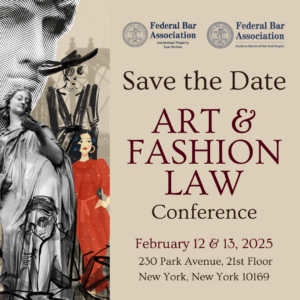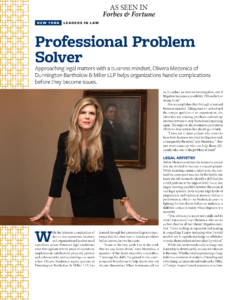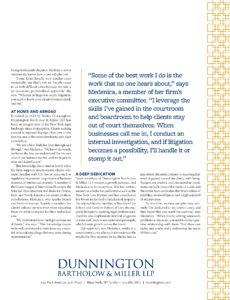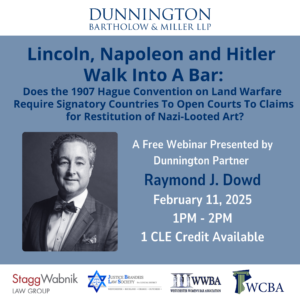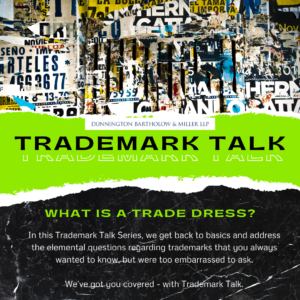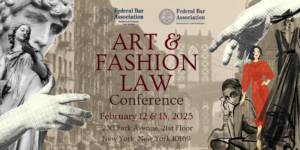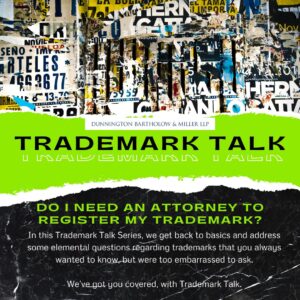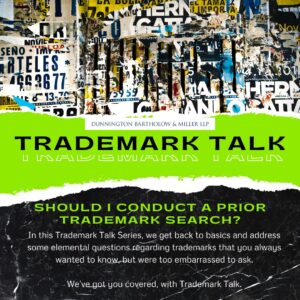 Yes, you should. Trademarks are like a muscle, the more you use it, the stronger you become. Using this muscle analogy, you know that exercise does not magically create a muscle, it rather develops it and makes you stronger overall. Registration at the USPTO works in a similar fashion. Registration does not grant you trademark rights, it rather enhances them, and makes your brand stronger overall. Without a federal registration, you are limited in your development and will face difficulties in warding off infringers. In other words, your muscles are weak, and you lack the strength needed to defend yourself.
Yes, you should. Trademarks are like a muscle, the more you use it, the stronger you become. Using this muscle analogy, you know that exercise does not magically create a muscle, it rather develops it and makes you stronger overall. Registration at the USPTO works in a similar fashion. Registration does not grant you trademark rights, it rather enhances them, and makes your brand stronger overall. Without a federal registration, you are limited in your development and will face difficulties in warding off infringers. In other words, your muscles are weak, and you lack the strength needed to defend yourself.
Trademark rights in the United States are based on the “first-to-use” rule, not the “first-to-file” rule. This means that trademark rights are given to marks that have been used in commerce the longest. It is actual use that matters, rather than registration. So the moment you start using a trademark in commerce (i.e. selling goods or services using the mark), it is your baseline from which you can determine whether someone is infringing upon your mark. This is called “common law” use of a trademark. These are rights based solely on use of the trademark in commerce within a particular geographic area. In other words, your rights in that “common law” trademark are limited to the specific geographic area where the trademark is used.
Registering your trademark with the USPTO, however, creates rights throughout the entire United States and its territories. Once you submit an application, your application is immediately visible in a publicly accessible database of registered trademarks and pending applications. This application gives you priority over subsequently submitted applications for confusingly similar marks. This visibility is important, as it provides public notice to anyone searching for similar trademarks.
There are other significant benefits. A registration can provide you a basis for filing for trademark protection in foreign countries. It also gives you a legal presumption that you own the trademark and have the right to use it (i.e. you do not need to spend loads of attorneys’ fees trying to prove the mark is yours). You can also register your trademark with the United States Customs and Border Protection, which can stop the importation of goods with an infringing trademark. It also grants you the right to bring a lawsuit concerning the trademark in federal court, which can be a significant strategic advantage. You can also use the federal trademark registration symbol ® to show that you are registered with the USPTO, which can have a deterrent effect on potential infringers.
Does that mean that if you have “common law” rights, you have no rights against a subsequent filer at the USPTO? No, as long as you are the senior user. You may be able to challenge the legitimacy of a registration at the USPTO if you are the “first-to-use” a similar trademark. However, the path to do so can be expensive, time consuming, and could have been avoided simply by registering in the first place. There are contested proceedings (i.e. a lawsuit) before the Trademark Trial and Appeals Board that require you to hire an attorney to prove you are the senior user. These can cost anywhere between $5,000 and $100,000 or more in legal fees. In other words, registration saves you money in the long term.
We wrote here about prior searches (https://dunnington.com/trademark-talk-should-i-conduct-a-prior-trademark-search/). Many would-be filers at the USPTO merely conduct a search on the USPTO database to determine whether someone else is using a similar mark. If you are a “common law” user, your mark will not appear in these searches, and thus your mark will not prevent someone from registering their mark at the USPTO. This means that the only way for you to prevent this subsequent use is to file a contested proceeding at the TTAB, or a federal lawsuit. Both are very expensive options.
So save yourself the aggravation, and register at the USPTO. You may find these other articles useful in navigating that process:
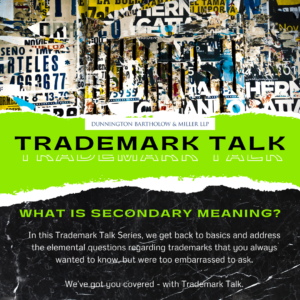 Secondary meaning is a critical concept in trademark law. It enables descriptive or non-descriptive marks to receive protection when consumers associate the mark with a particular source, such as a specific company, rather than just the product or service that it describes. In many instances, a descriptive mark can become powerful source identifier once it has obtained secondary meaning.
Secondary meaning is a critical concept in trademark law. It enables descriptive or non-descriptive marks to receive protection when consumers associate the mark with a particular source, such as a specific company, rather than just the product or service that it describes. In many instances, a descriptive mark can become powerful source identifier once it has obtained secondary meaning.

